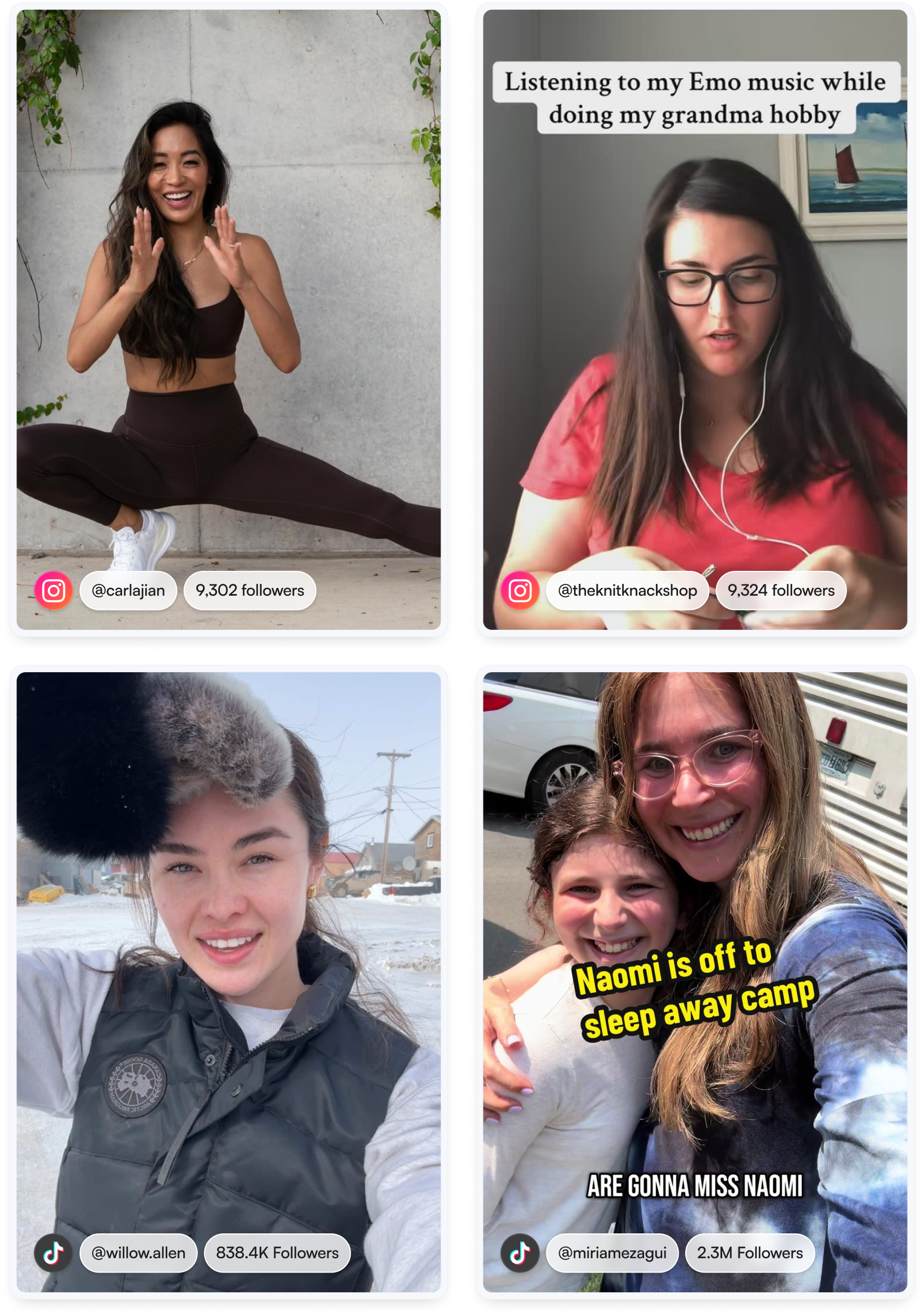
Marketing & Content
Management Platform

August 14, 2025
.png)
Scroll through TikTok bios or LinkedIn headlines and you’ll see it: some people proudly call themselves influencers, others prefer creators. A few even flips between both depending on the platform, but a deeper conversation is underneath that little choice of wording.
At first glance, it might seem like a branding preference — tomato, tomahto — but the words we use to describe ourselves online still shape how we’re perceived, whom we attract, and which doors open.
The answer isn’t black and white. Influencer vs. creator isn’t a battle—it’s a spectrum—a fluid, ever-evolving space where storytelling, strategy, artistry, and entrepreneurship collide, and that’s a good thing.
So, does the label still matter? Honestly, yes — but maybe not in the way you think.
We believe these terms don’t have to be rivals. The magic often happens in the blur. That’s why we’re leaning into this conversation: not to draw hard lines, but to explore how creators and influencers shape culture together — and how we can help empower both.
Let’s rewind a bit. In the early 2010s, influencer was the buzzword. It referred to someone whose online presence was powerful enough to, well, influence — behaviour, taste, purchases. From fashion bloggers on Instagram to lifestyle gurus on YouTube, the influencer was born at the intersection of content and commerce.
Then came the term creator — often used by platforms like YouTube and Patreon. Here, the emphasis was on originality, artistry, and production. A “creator” wasn’t just someone who posted; they were seen as someone who built something.
Over time, these words became shorthand:
The distinction grew over time. “Influencer” became associated with sponsored posts, brand deals, and polished curation. “Creator” carried more of a DIY, passion-project vibe — the person in their bedroom editing for hours because they had something to say.
Of course, both labels were shaped by the platforms themselves. Instagram made you an influencer. YouTube made you a creator. TikTok? A little bit of both — and now, in the age of professionalized UGC and AI collabs, those lines are even fuzzier.
The divide wasn’t clean, and it still isn’t but the two terms carried different vibes — sometimes subtle, sometimes stark.
Here’s where it gets real. These labels don’t just reflect how someone sees themselves — they shape how others perceive them, too.
Often, the title “creator” is seen as more strategic, more artistic, even more respectable. Meanwhile, “influencer” can still carry that unfair whiff of vanity or superficiality, but these stereotypes are misleading — and sometimes deeply gendered, racialized, or classed.
Historically, creators who were male or tech savvy were more likely to be seen as entrepreneurs or innovators. Influencers — especially women or POC in beauty, lifestyle, or fashion — were often undervalued, despite being just as skilled at building communities and driving trends.
The truth? Crafting an aesthetic, writing authentic captions, understanding audiences, filming, editing, negotiating contracts — that’s labour. Whether you call it influencing or creating, it takes work.

According to a 2024 report by Vogue Business, nano and micro-influencers have become increasingly influential in beauty content creation, surpassing larger influencers in engagement rates. Their authenticity and tight-knit communities often lead to stronger ROI for brands.
This crossover isn’t a fluke — it’s the norm and depending on what your algorithm serves you, these names might be brand new — or already on your for You Page. That’s what makes this space so dynamic: there are thousands of hybrid creators out there across niches, platforms, and countries, especially in underrepresented markets like Canada. Whether it’s a food reviewer in Montreal, a slow fashion creator in Winnipeg, or a self-taught artist in Halifax, more people are mixing creativity with strategy — and building sustainable, multifaceted brands in the process.
Want to see how some of them are turning influence into income? We break it down in How to Turn Your Influence Into a Full-Time Business.
Now let’s talk business.
The labels aren’t just personal — they come with economic consequences. Algorithms, brand budgets, and even platform resources often differentiate between influencers and creators.
Think: YouTube’s Creator Fund vs. a brand’s Influencer Campaign. Or how some agencies hunt for “authentic creators,” while others optimize for “influencer reach.”
This affects everything from who gets hired to who gets funded.
Some agencies distinguish between “influencer talent” and “content creators.” Algorithms, payout structures, and sponsorship offers sometimes treat the two differently — even when the roles overlap.
This creates a weird tension: two labels for what is often the same job, but with different connotations and compensation paths.
But the good news? The landscape is evolving. More brands are seeking long-term creative partnerships. More platforms are creating hybrid models (like TikTok’s Creativity Program Beta). And more people are mixing mediums — being creators and influencers in the same scroll.
That’s why more people today are blurring the lines. Someone might do affiliate links one day and launch a podcast the next. They might be managing brand deals and building a course. A creator who starts with storytelling may eventually drive huge influence. An influencer might evolve into a filmmaker.
According to SignalFire, there are now over 50 million people worldwide who consider themselves creators — and many are monetizing in ways that blur old definitions.
Let’s be honest: how you label yourself online isn’t just a personal branding choice. It can affect how audiences engage with you, how brands categorize you, and how your work is valued.
Some people choose “creator” because it sounds more intentional, less commercial. Others embrace “influencer” because it highlights their real business impact. Both are valid.
But perceptions linger. The term “influencer” has occasionally taken a hit — too many #spon posts or out-of-touch moments — while “creator” is sometimes treated like the cooler, more respectable cousin and yet, many influencers are creating full-time, and many creators absolutely influence culture.
It’s not about gatekeeping who “deserves” which term. It's about recognizing that everyone — whether they’re making dance tutorials, aesthetic vlogs, makeup reviews, deep-dive videos, or UGC — is putting in work, building trust, and shaping online culture.
People don’t fit neatly into categories. A food reviewer on TikTok is also a recipe developer. A fashion influencer might be designing their own line. A niche meme account could be building a multimedia business behind the scenes.
The point? We’re all navigating this new era of identity + influence together.
Maybe it’s not about choosing sides. Maybe it’s about seeing the whole spectrum.
At the end of the day, “influencer” and “creator” are just words. Useful? Sure. Limiting? Sometimes.
But they’re not fixed categories. Their entry points into a world where creativity, influence, and entrepreneurship all intersect.
Some people will always feel more like creators — focused on storytelling, building communities, or producing content from scratch. Others will feel more like influencers, skilled at brand alignment, product discovery, and audience trust. Many are both.
That’s the beauty of the current moment: you don’t have to choose. You just have to show up — consistently, authentically, and with a willingness to evolve.
We love seeing people break molds and mix roles because when you stop worrying about the label, you start focusing on the legacy.
Remember that the creator economy is changing fast. AI tools are speeding up content creation. Paid collaborations are becoming more strategic. Brand fatigue is real. Audiences crave transparency, and self-definition is becoming part of a creator’s value proposition.
As more people enter this space — whether part-time, full-time, or for fun — they’re realizing: this isn’t just about going viral. It’s about building something real. A reputation. A creative business. A platform for something bigger.
At Heylist, we believe your label shouldn’t limit you — it should launch you.
Whether you’re building a following or scaling a brand, we’re here to help you do it with authenticity and impact. Explore how we’re changing the game for creators.
Scott, N. (2024, November 27). How many creators became beauty’s best marketing tool. Vogue Business. https://www.voguebusiness.com/story/beauty/how-nano-creators-became-beautys-best-marketing-tool
SignalFire. (2020, November 29). Creator economy: Market Map https://www.signalfire.com/blog/creator-economy#:~:text=More%20than%2050%20million%20people,%25)%20when%20they%20grow%20up